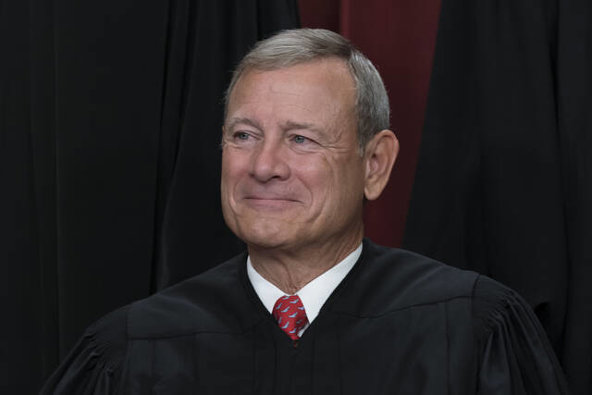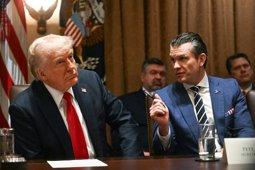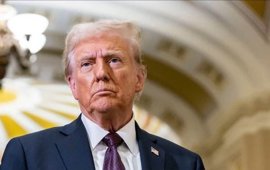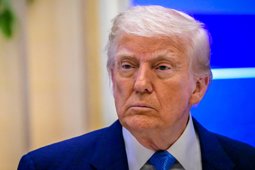
Roberts Halts Sotomayor in Court Clash
Chief Justice Roberts halted Sotomayor’s interruptions during a tense Supreme Court hearing on nationwide injunctions.
Roberts Steps In During Heated Courtroom Exchange
Chief Justice John Roberts intervened Thursday to stop repeated interruptions from Justice Sonia Sotomayor during oral arguments on a case challenging the authority of federal courts to issue nationwide injunctions. The hearing took place at the U.S. Supreme Court and focused on President Donald Trump’s executive order affecting birthright citizenship.
Justice Sotomayor, taking over the questioning from Justice Clarence Thomas, immediately pressed U.S. Solicitor General John Sauer, who was representing the Trump administration. Her pointed and persistent questioning focused on the limits of judicial authority and the constitutionality of nationwide injunctions. She frequently spoke over Sauer, prompting Roberts to interject and ask for order in the courtroom.
“Can I hear the rest of his answer?” Roberts said, cutting off Sotomayor mid-question as she attempted to interrupt Sauer once again. The exchange highlighted rising tensions among the justices over the issue and underscored the significance of the case.
Sotomayor challenged the administration's argument that courts lacked the authority to universally block executive actions, asserting that President Trump’s move to end birthright citizenship violated established Supreme Court precedent. “You are claiming that not just the Supreme Court, that both the Supreme Court and no lower court, can stop an executive from universally violating holdings by this court,” she argued.
Sauer responded that the administration is not making such an absolute claim, clarifying that intervention may be appropriate in certain class actions, but that universal injunctions overstep constitutional boundaries granted to lower courts under Article III.
Debating the Reach of Judicial Authority
In his remarks, Sauer emphasized the administration’s position that universal injunctions pose significant legal and practical risks. He argued they “transgress the traditional bounds of equitable authority” and force courts into “rushed, high-stakes, low-information decisions.” He added that such rulings operate asymmetrically, requiring the government to prevail in every court while opponents only need to win once, thereby inverting the normal appellate process.
The legal stakes of the case are substantial. More than 310 lawsuits have been filed against the Trump administration since the start of his second term on January 20, 2025. The decision in this case could reshape how courts address executive actions and the legal remedies available to challengers across the nation.
The Supreme Court is reviewing three consolidated cases: Trump v. CASA, Trump v. the State of Washington, and Trump v. New Jersey. While the timeline for a ruling remains uncertain, the Court’s decision to fast-track proceedings indicates a verdict could be issued within weeks—or even days.
As the justices deliberate, the outcome could significantly redefine the scope of judicial intervention in national policymaking. It may also establish clearer limits on lower courts’ ability to issue sweeping injunctions that impact federal actions beyond the immediate parties involved.






